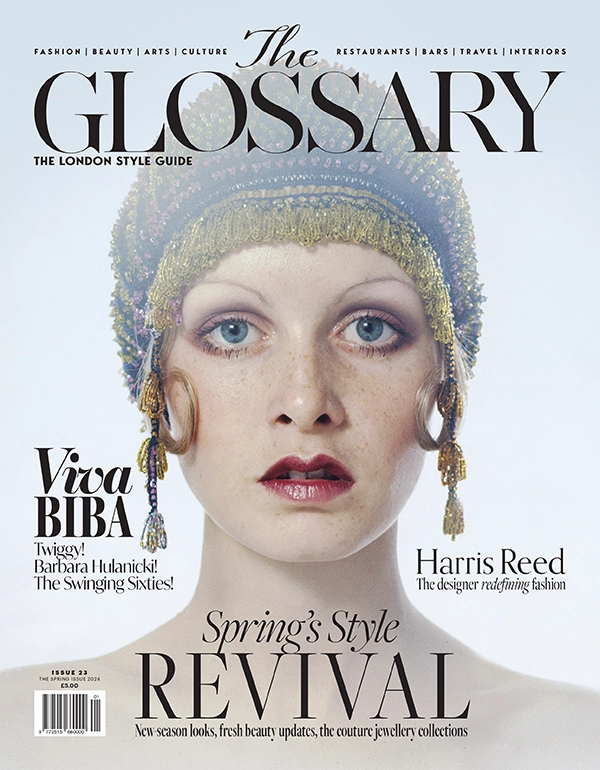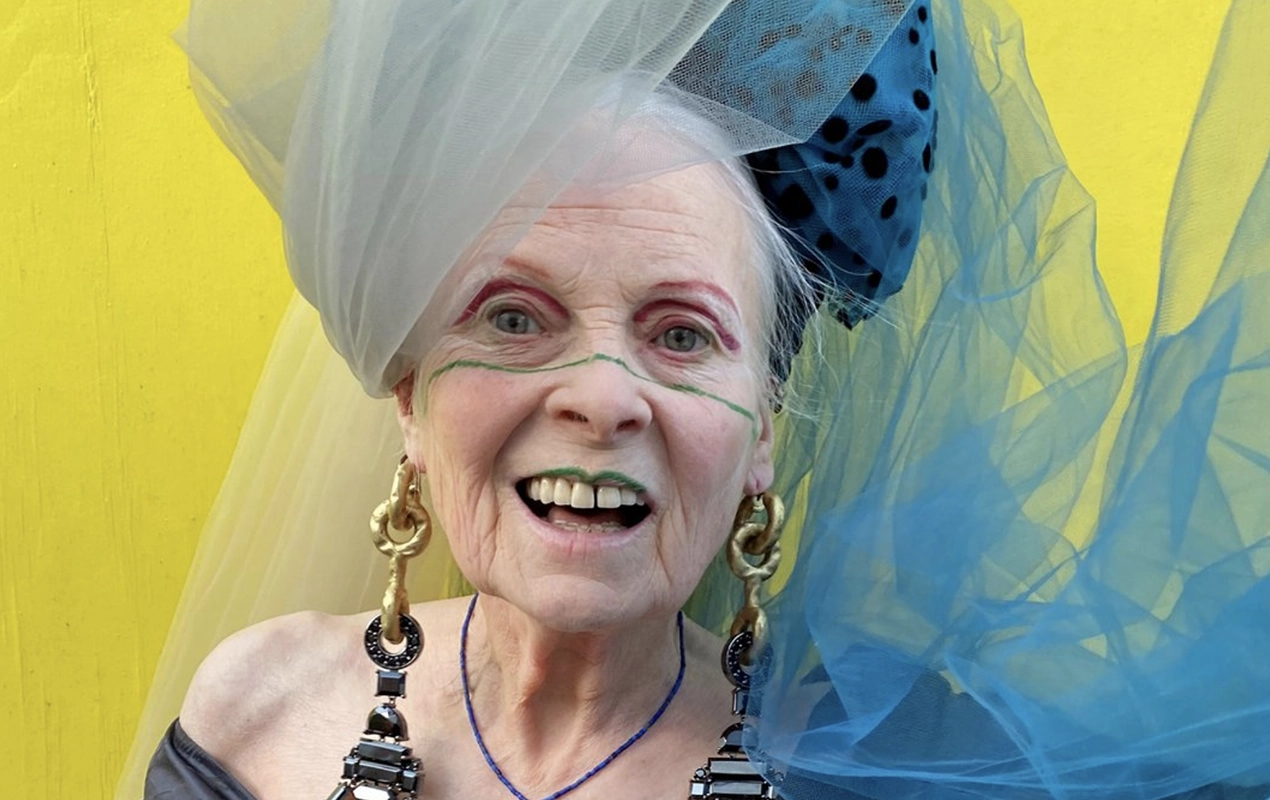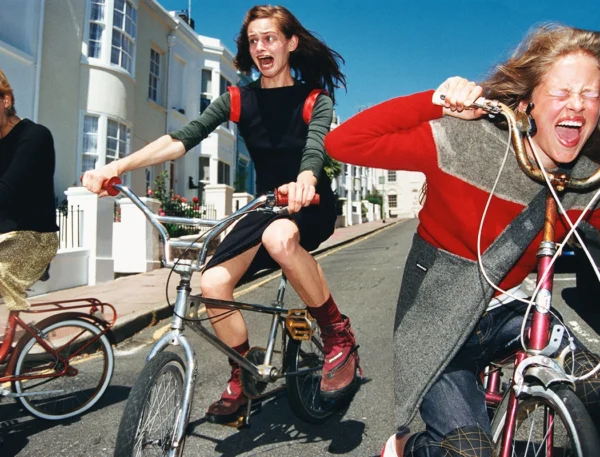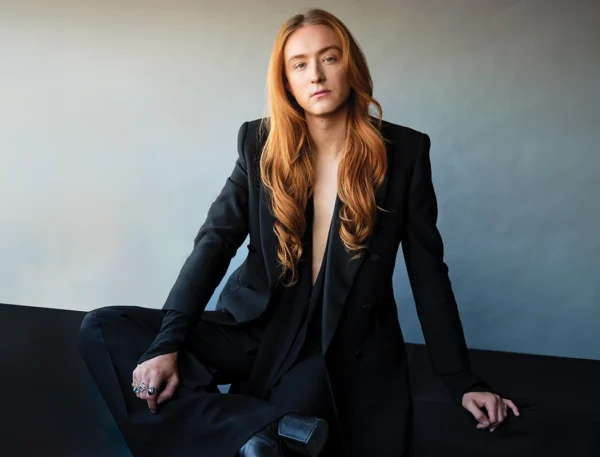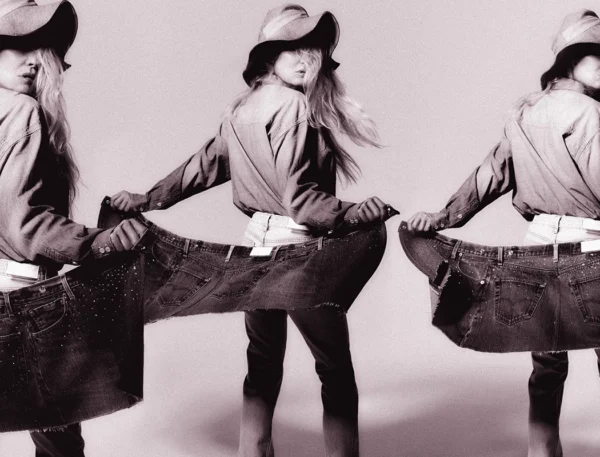Dame Vivienne Westwood was one of the most important British fashion designers of all time, a trailblazing pioneer whose six decade-long career changed the face of fashion forever. She was the woman who brought punk and politics to the world of high fashion, as well as campaigning tirelessly about the effects of climate change long before it was on the global agenda. At her death at 81 on 29 December 2022, she remained one of the most exciting, vibrant and disruptive voices in fashion.
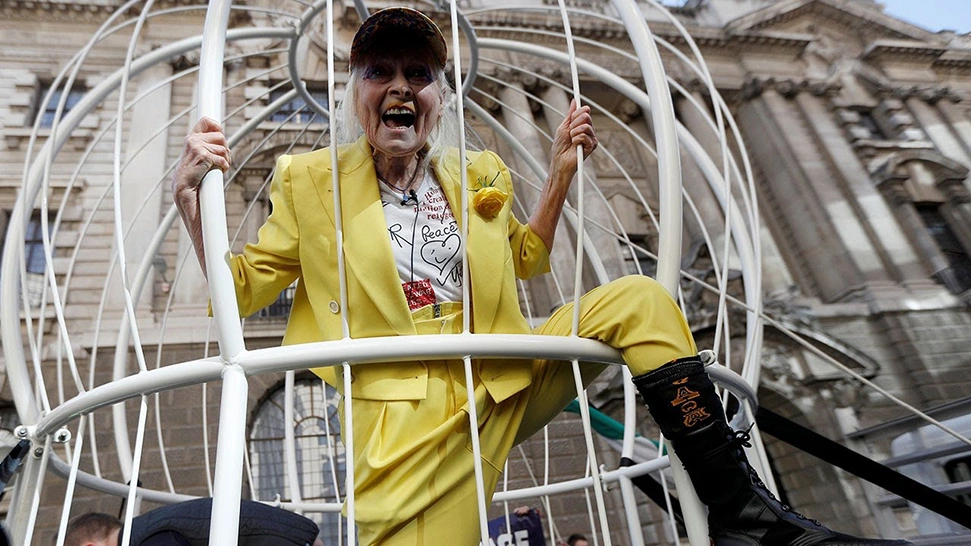 Pin
Pin Westwood didn’t always dream of being a designer. She was born in the village of Tintwistle in Derbyshire in 1941, the daughter of a sausage factory worker and a greengrocer’s assistant. After school she took a silversmithing course for a term at Harrow Art School (now the University of Westminster), but after feeling intimidated by the prospect of breaking into the art world, she dropped out to enrol at secretarial college instead, before later training as a primary school teacher. It wasn’t until 1971 that she made her first foray into fashion, opening a boutique on the King’s Road called Let It Rock with her then boyfriend, Malcolm McLaren. There, they made a name for themselves selling teddy boy trousers, drape coats and mohair sweaters, before going on to costume the 1970s punk band the Sex Pistols.
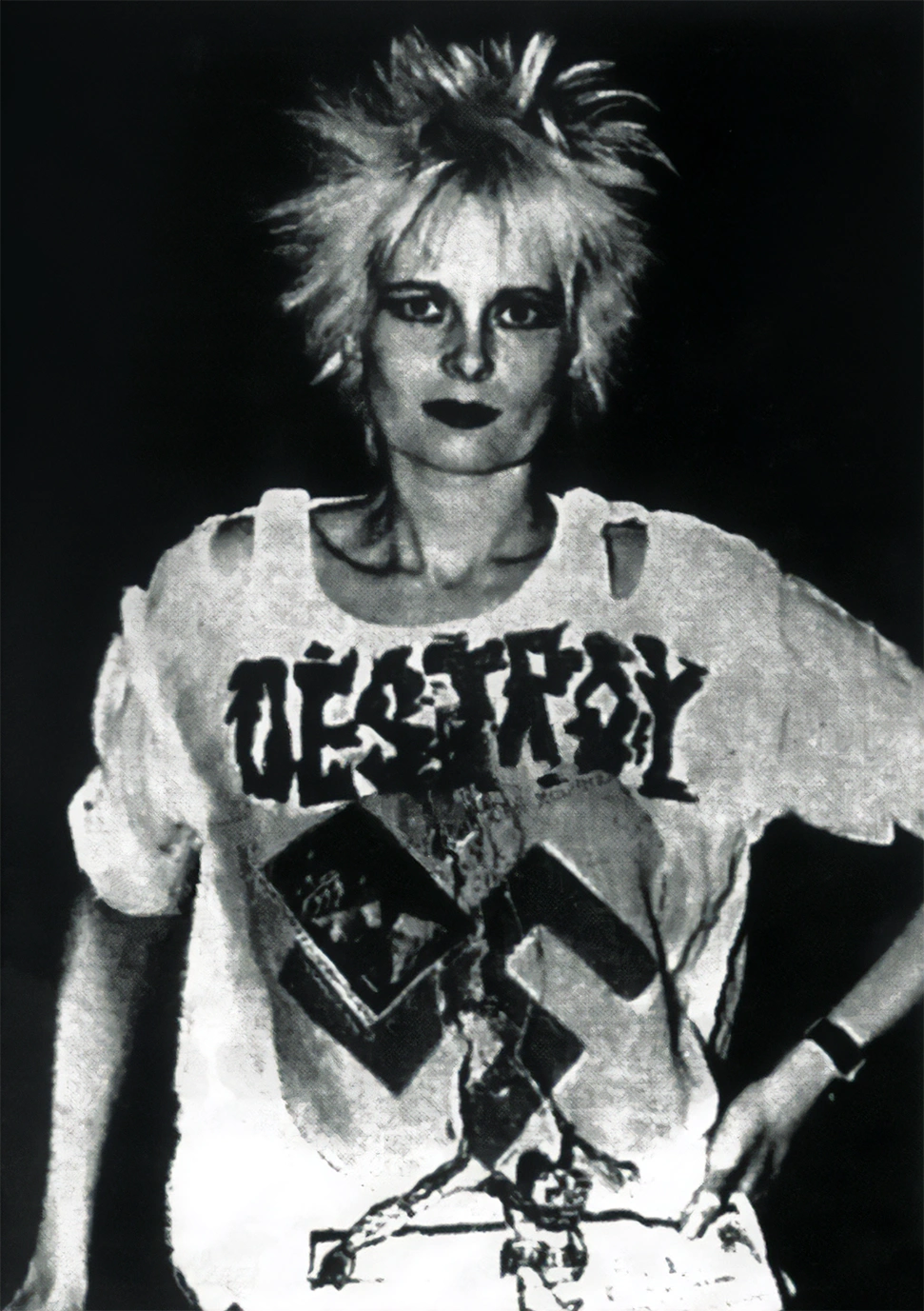 Pin
Pin 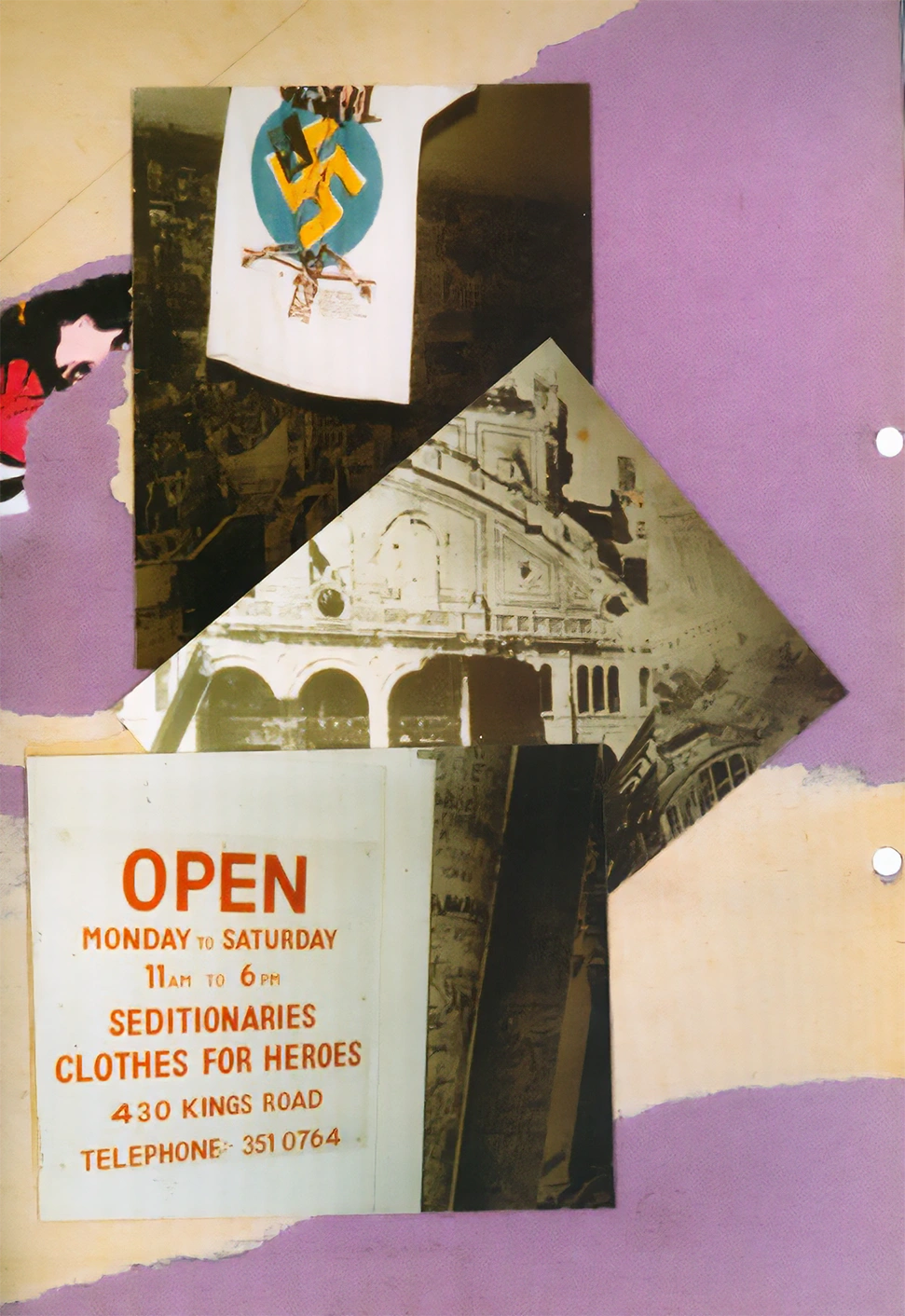 Pin
Pin Through the years of 1971-1976 the Chelsea-based boutique operated under a variety of different names, including Too Fast To Live Too Young To Die, Sex and Seditionaries, before finally being reinvented as Worlds End in 1979, which is how the now-iconic store is still known today. During the mid-70s, Westwood and McLaren’s punk clientele would be accompanied from Sloane Square tube station to Worlds End by police escort, no doubt causing a stir as they made their way down the King’s Road. At the time, Chelsea had made quite the name for itself as London’s go-to spot for experimental fashion – this was where Mary Quant opened her famous shop, and Celia Birtwell and Ossie Clark were just up the road.
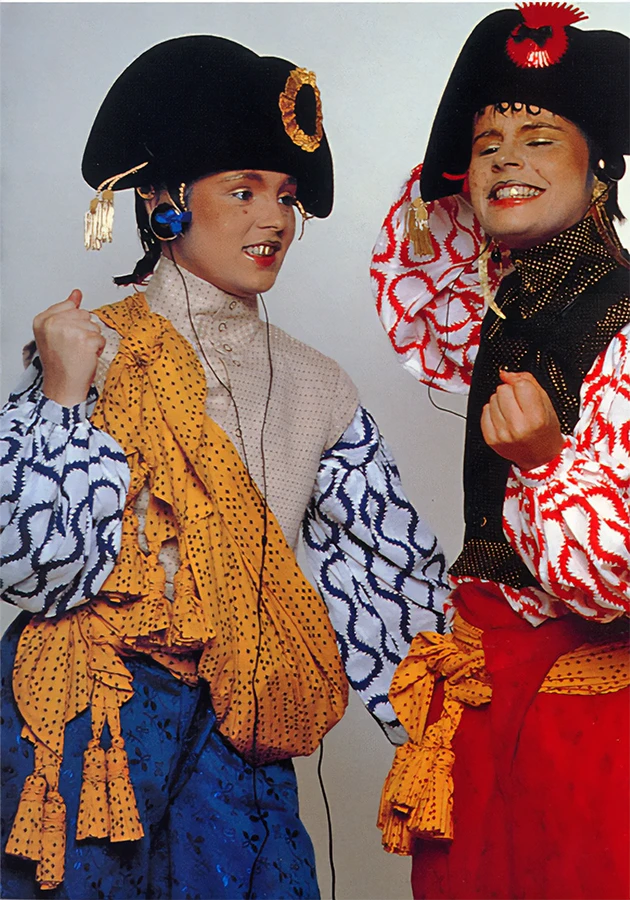 Pin
Pin 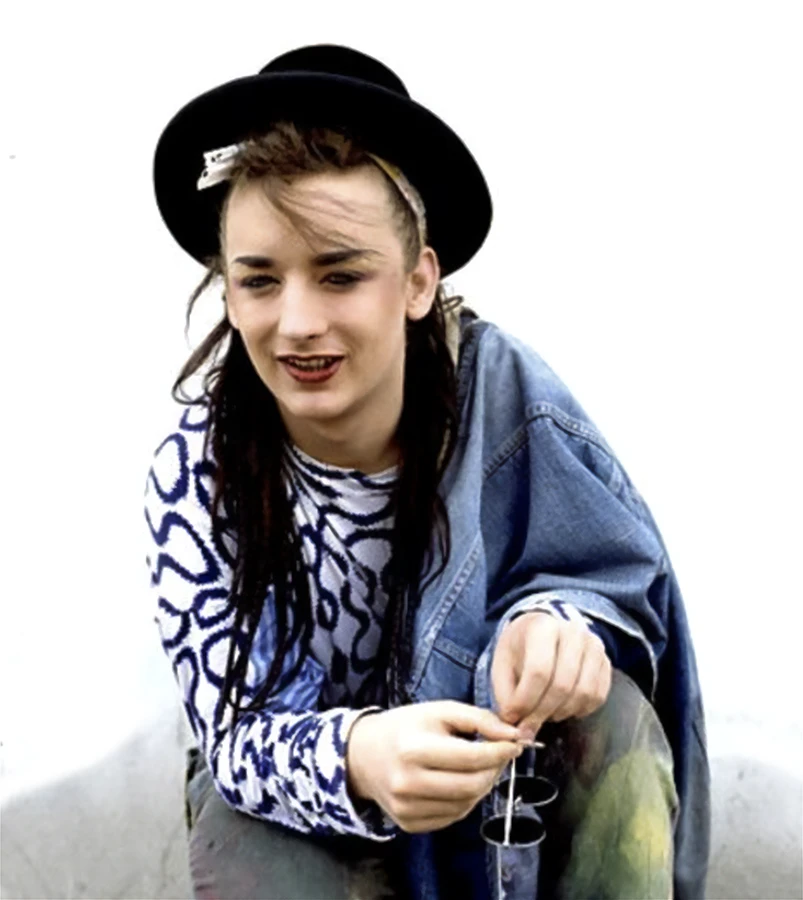 Pin
Pin The shop’s Too Fast To Live Too Young To Die incarnation was inspired by an epithet worn on the motorcycle jackets of American bikers and ushered in a darker side of rebellious rocker aesthetics, selling customised t-shirts emblazoned with inflammatory slogans like ‘Perv’ and ‘Scum’ picked out in safety pins. Its 1974 renaming to Sex was perhaps the most provocative, with the store’s name spelt out in giant pink rubberised letters. Bella Freud, Chrissie Hynde and Alan Jones all worked there as shop assistants during that time, and the shop was filled with phallic graffiti and bondage gear. At the end of the 70s the boutique was re-christened as Worlds End, a name given to that particular part of Chelsea, and this was the name that would stick. The concept behind the design of the store was to challenge space and time, and it featured a slanted floor like the galleon of a ship and a façade with a 13-hour clock ticking backwards (both of which remain to this day).
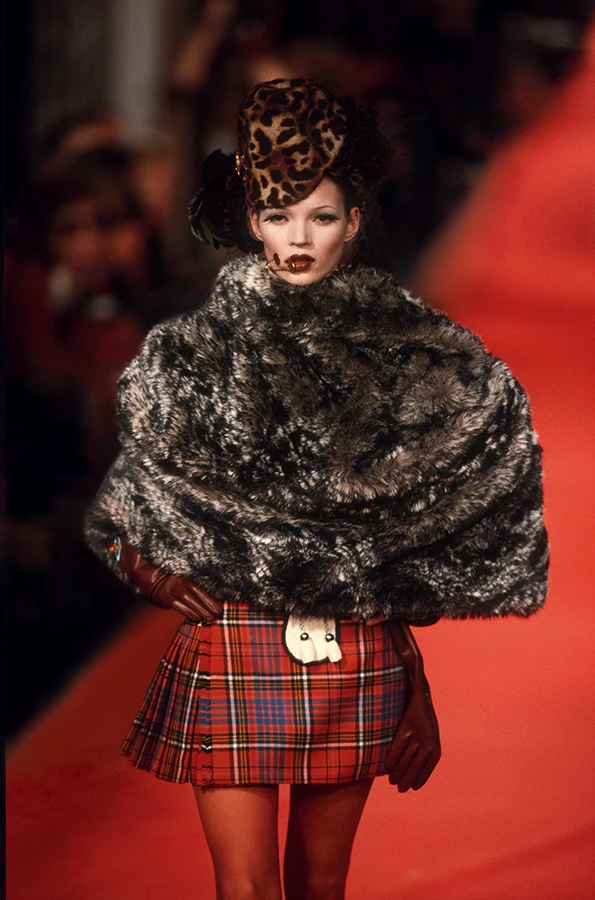 Pin
Pin 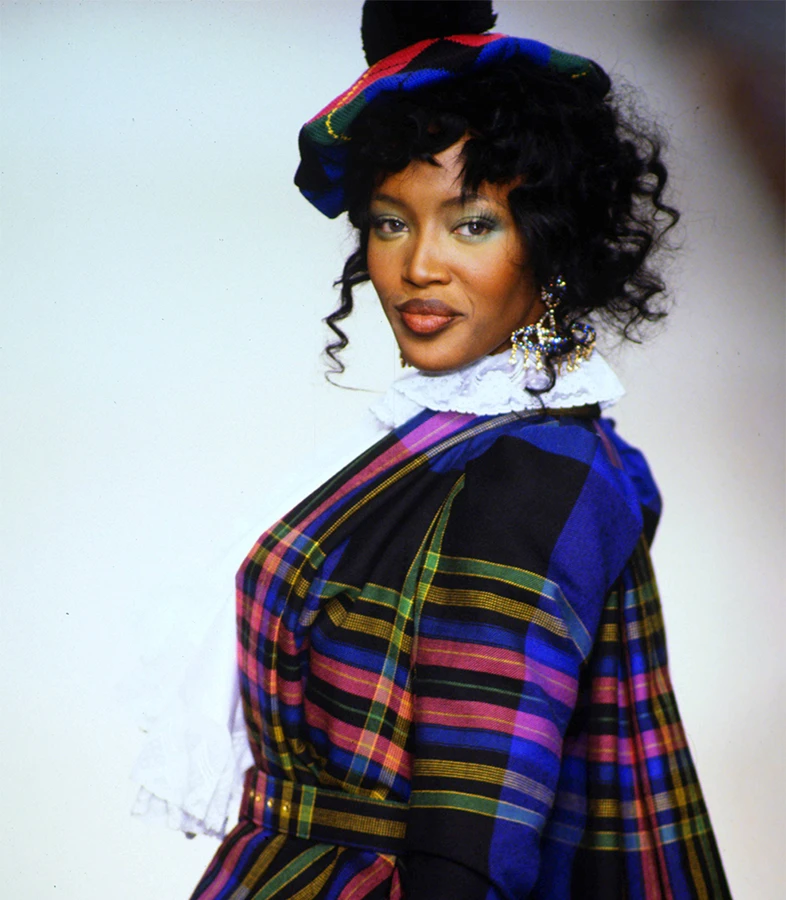 Pin
Pin The whimsical boutique was the perfect place to sell Westwood and McLaren’s seminal 1981 New Romantic-inspired Pirate collection, famous for its frill-sleeved blouses and buckle-up boots. Pirate paved the way for the landmark Vivienne Westwood collections that followed, including the creation of the mini-crini in 1985, the corset-filled Portrait collection of 1990 and the launch of her diffusion line Anglomania in 1993. A few short years after her first Paris show in 1983, critics were hailing her designs as “the British answer to those of Christian Lacroix in Paris”.
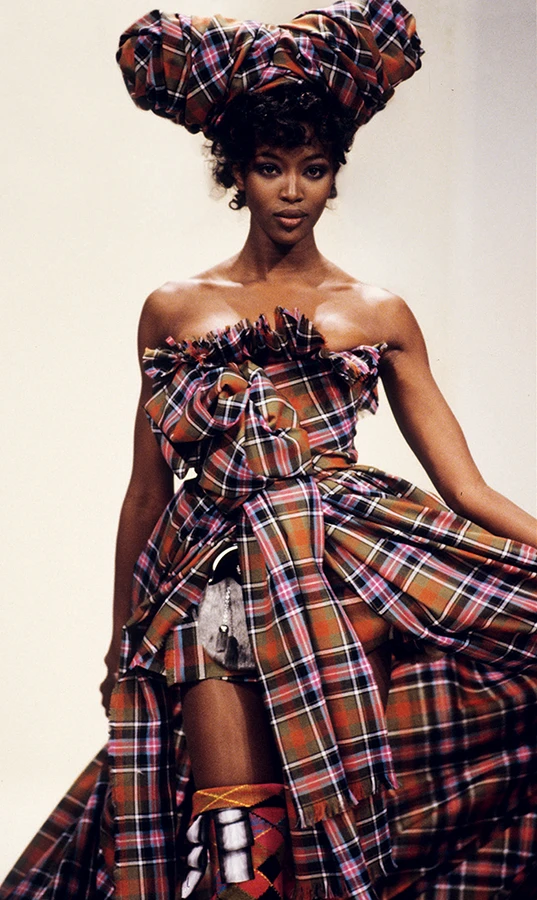 Pin
Pin 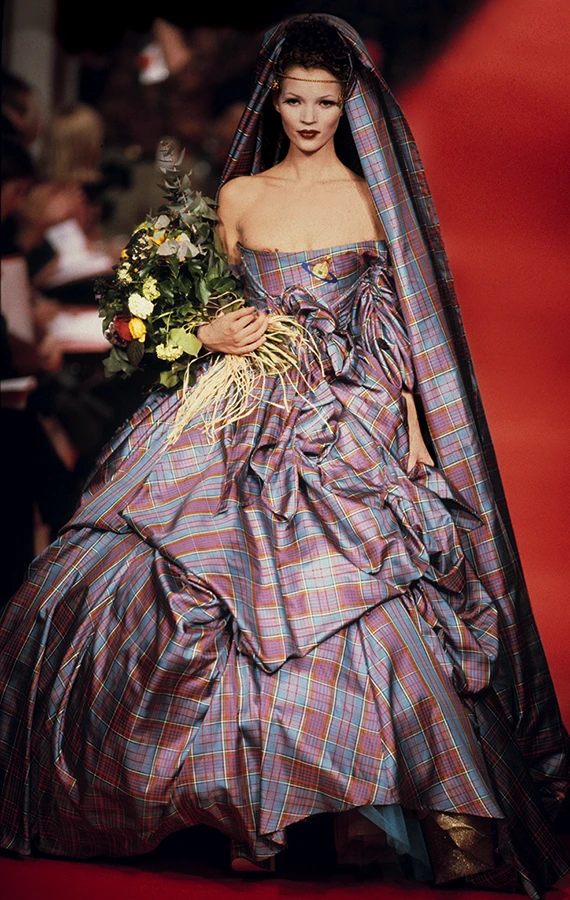 Pin
Pin There’s no shortage of iconic moments attributed to Dame Vivienne – perhaps most memorable among them are when a tottering Naomi Campbell came crashing down on her autumn/winter 1993 runway after attempting to walk in a pair of towering purple platforms, and when a topless Kate Moss sauntered down the catwalk eating an ice cream while wearing nothing but a micro-mini skirt, hat and heels for spring/summer 1995. Then there was the time Westwood went to collect her OBE from Queen Elizabeth II in 1992, wearing no knickers.
Vivienne Westwood
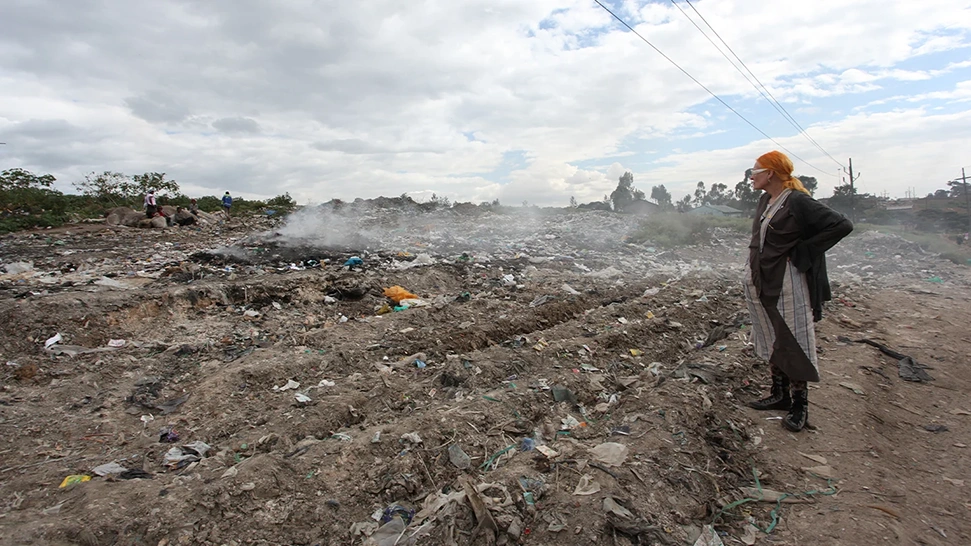 Pin
Pin Westwood became as well known for her political activism as for her designs, in particular her campaigning on climate change and over-consumption, which led to her mobilising international attention around ecological crusading. She famously compared the situation to that of a battle. “It’s a war for the very existence of the human race,” she said. “And that of the planet. The most important weapon we have is public opinion: go to art galleries, start to understand the world you live in. You’re a freedom fighter as soon as you start doing that.”
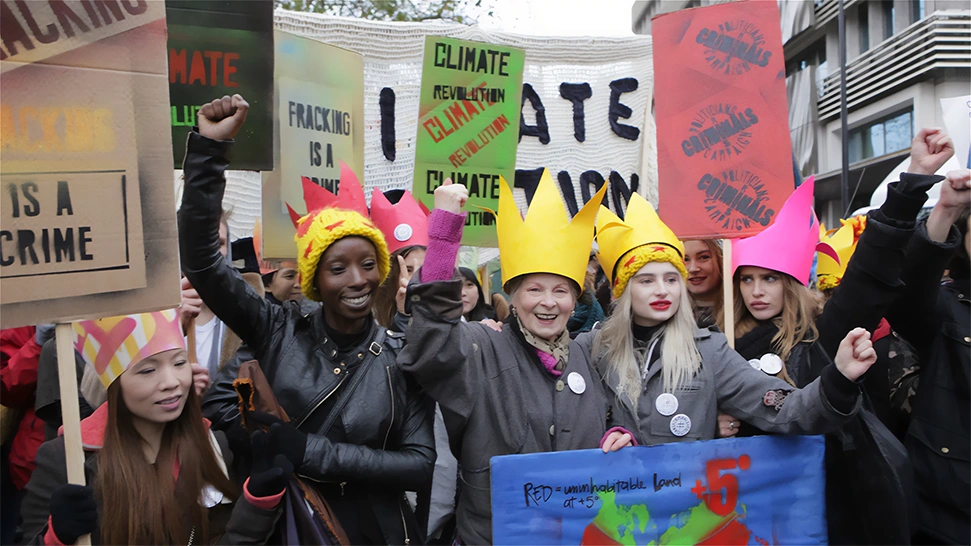 Pin
Pin She was a long-time supporter of numerous charities, including Cool Earth, which focuses on saving rainforest and stopping climate change, the Environmental Justice Foundation, Friends of the Earth and Greenpeace, for whom she was an ambassador – in 2013 she designed their official ‘Save the Artic’ logo and in 2015 launched a global campaign to stop drilling and industrial fishing in the area. In 2012 she launched her own movement, Climate Revolution, to rally charities, NGOs and individuals to join forces and take action against disengaged political leaders and big business. “The Revolution is already begun,” she said of the initiative. “The fact of man-made climate change is accepted by most people. Through every walk of life people are changing their values and their behaviour. This continues to build the Revolution.”
Her famous quote, “Buy less. Choose well. Make it last”, has become a crucial slogan for our times and today, Westwood’s Ready-to-Wear collections are made from 90% lower impact fabrics in a bid to be as sustainable as possible. Her Worlds End boutique – where Climate Revolution T-shirts made using organic cotton hang alongside her other historic designs – remains one of London’s most important fashion venues, its name a constant reminder of Westwood’s enduring environmentalism.
viviennewestwood.com
climaterevolution.co.uk
